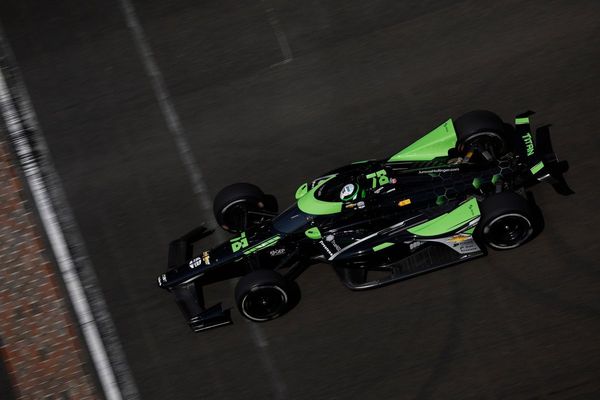
A “Monet” and a “Renoir” are among up to 40 fake paintings that are being offered for sale on eBay, according to research by a leading expert.
Dr Carina Popovici, a specialist in authenticating artwork, said she applied cutting-edge artificial intelligence (AI) technology to pictures advertised on the online platform and was shocked to discover that many had a “high probability” of being “not authentic”.
She has so far found up to 40 counterfeit paintings, and said there were a lot more.
“The algorithm identified all of them as fakes,” she said.
“We looked today and we downloaded some images, and there were fakes all over the place. Everything that we have analysed turns out to be not real art, a negative probability with 95% or so. I’m sure that this is just the tip of the iceberg.”
Pictures that have been identified as fakes by the AI tests include one advertised as a Monet, titled Forest With a Stream and priced at $599,000 (£477,000), and one listed as a Renoir, described as a study of Claude Renoir, costing $165,000.
On its website, eBay states: “We don’t allow counterfeit items or unauthorised copies to be listed.”
The listing for the Renoir was removed after the Guardian contacted the seller – who is based in Florida with the eBay username metasis. In a message to the Guardian they said they did not sell false art.
The seller for the Monet, has the eBay user antiquepage and is based in Millersburg, Ohio. They have not responded to the Guardian.
A description for the listing states: “I fully guarantee that the painting is an original 1867 oil on canvas signed and dated by Claude Monet. The painting is not in perfect condition and I do not have any provenance beyond me having it for over 20 years.”
Popovici has written repeatedly to the platform since December 2023 to convey her concerns. She reached out to its offices in the UK, Germany and the US.
In her emails, she said it needed to address the problem “with the seriousness it deserves”.
She is still waiting for a response. She said: “I tried so hard to talk to them. I’m extremely frustrated that they don’t answer. I’m really very disturbed about this. They have a responsibility. They can’t just pretend that they don’t see what is happening, because there is so much of this. There are clear indications that there is a major problem there.”
Ebay told the Guardian: “The sale of counterfeit items is strictly prohibited on eBay, and we are committed to ensuring that goods sold on our platform are authentic.
“We do this by using multiple layers of AI technology, professionally trained eBay investigators and buyer protection programs. EBay proactively blocked 88m suspected counterfeits from being published in 2022, while removing 1.3m items from the platform following a review by an eBay investigator.
“In this case, we had already removed one of the items flagged to us.”
Popovici is the head of Art Recognition, a Swiss company that collaborates on research with Liverpool University and Tilburg University in the Netherlands.
Its technology uses two types of artificial neural network in analysing artists’ works in intricate detail, from brushstroke patterns to colour palettes. Art Recognition has applied it to more than 500 works in various collections. It gave a painting by Rubens in the National Gallery – A View of Het Steen in the Early Morning – a probability of 98.76% in favour of the artist. But it also challenged the attribution to the Flemish master of Samson and Delilah, supporting long-held doubts by some critics that it is only a copy. The technology has also supported the identification of contested works, such as an 1889 self-portrait by Vincent van Gogh at the National Museum in Oslo.
Popovici said the technology had transformed the ability to identify fakes online: “In the past, it was really difficult to spot these things, because you can’t take samples from an image on the internet. But, with the new technology, it’s easy. You can just download an image and then in 10 minutes, you will know. I think that people should be warned.”







